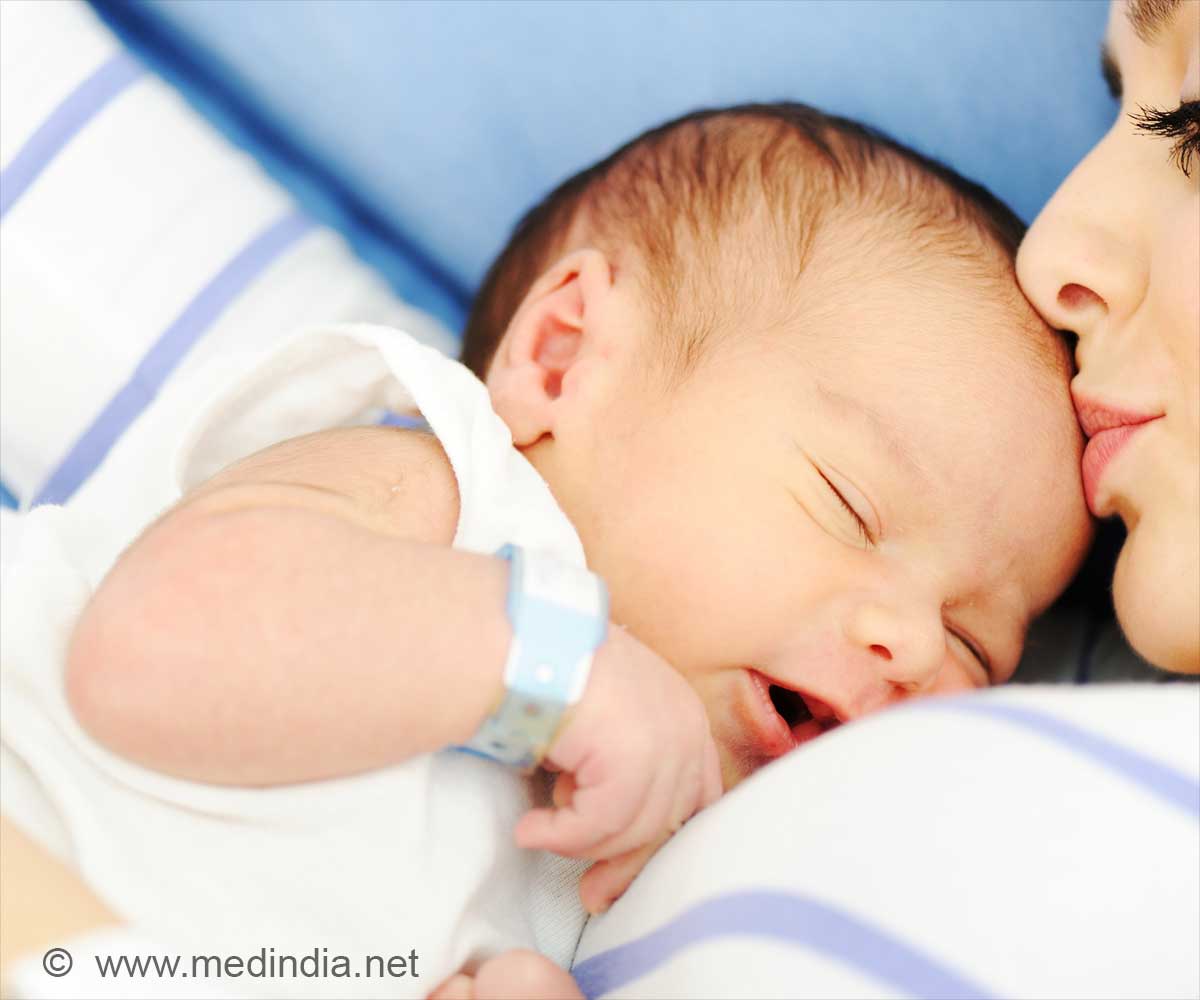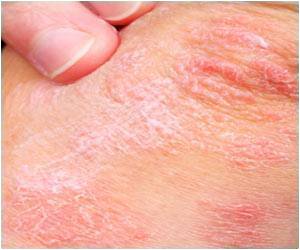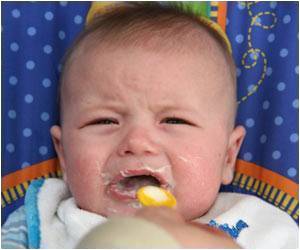
‘Better objective tools should be available to predict neonatal abstience syndrome or opioid withdrawal syndrome and its severity in newborns for early management.’
Read More..Tweet it Now
"These babies are responding to pain differently than babies who were not exposed, so maybe we should be paying attention to pain management earlier," Oji-Mmuo said. "If we have to do a painful procedure like a heel lance, we may have to provide extra comforting measures, both during the procedure and after if they continue to be stressed." Read More..
Oji-Mmuo said that as opioid use continues to be a problem in the U.S., so does the risk of babies being born with neonatal abstinence syndrome (NAS). She said an estimated 55 to 94 percent of babies born to mothers who used opioids during pregnancy will develop NAS.
According to the researchers, opioids block the release of norepinephrine, a chemical released in the body during times of stress. When the baby is born and is no longer exposed to opioids, the baby experiences a spike in norepinephrine and other chemicals and hormones in the body. This can result in such symptoms as irritability, eating poorly, sweating, fever and seizures, among others.
Oji-Mmuo said that while there are guidelines for screening babies at risk for developing NAS, there is a need for better, objective tools to help predict NAS and its severity earlier in newborns.
"To best take care of these babies, it's important that we recognize babies who are going through withdrawal very early," Oji-Mmuo said. "We wanted to see if two different tests -- skin conductance measures and facial reactions to pain -- would correlate and predict withdrawal in newborns, because we really need accurate ways to assess these babies."
Advertisement
To measure skin conductance, a noninvasive device with three electrodes was applied to one foot. The device measured electrical conductance in the skin, which can change when norepinephrine boosts sweat production.
Advertisement
Oji-Mmuo said the results -- recently published in the Journal of Maternal-Fetal & Neonatal Medicine -- suggest that babies who are born exposed to opioids handle pain worse than babies who were not exposed.
"Even after the painful procedure was over, they continued to have higher skin conductance," Oji-Mmuo said. "Even when the procedure was done and they'd been swaddled, they continued to have these higher measures compared to the babies who hadn't been exposed to opioids."
Source-Eurekalert












